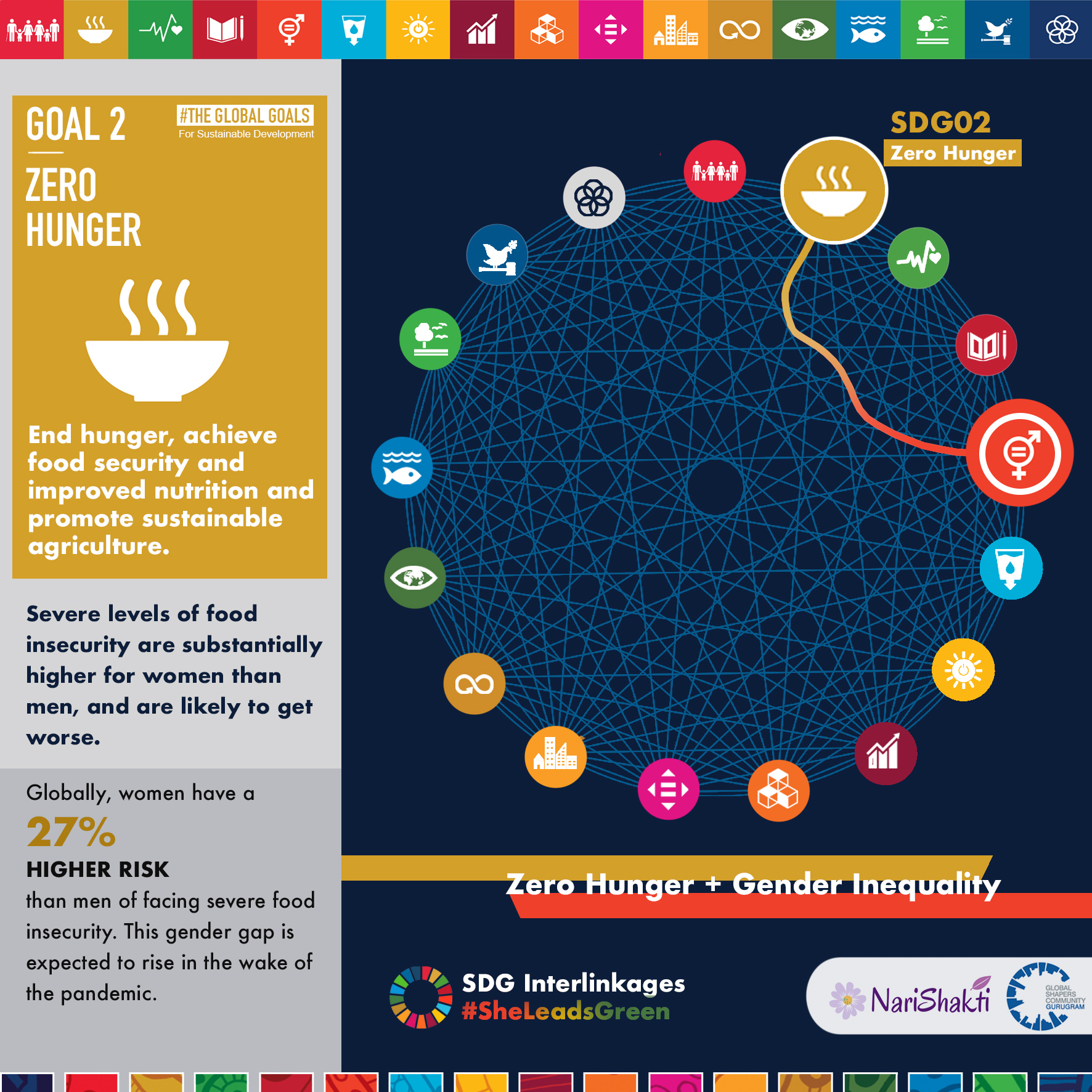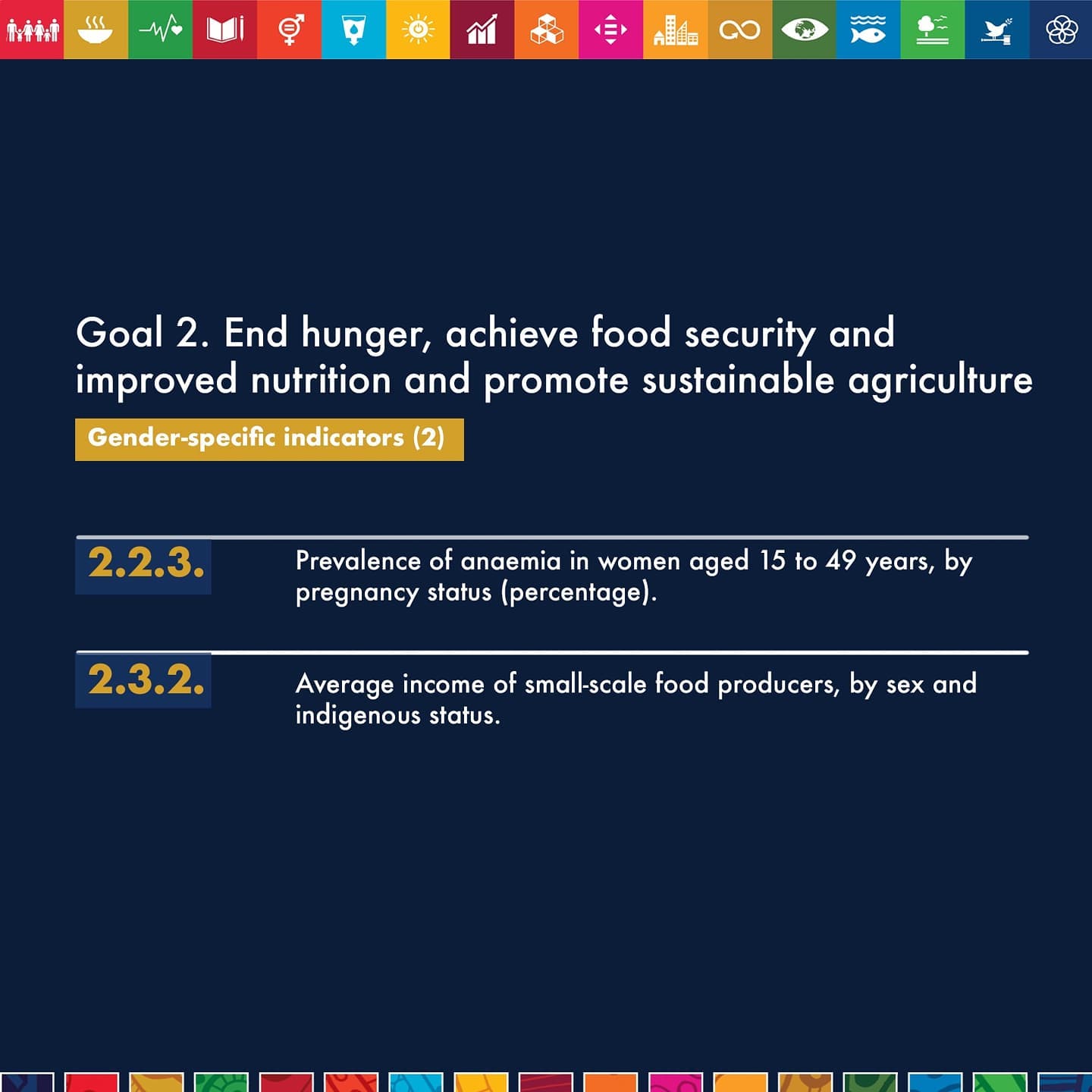
Gender parity for hunger eradication (SDG 2)

Why do we need to look at hunger eradication from gender lens?
Globally, women have a 10 percent higher risk of facing food insecurity as compared to men. In spite of the fact that women prepare 90 percent of meals in households all over the world, women and girls face a higher degree of hunger and malnutrition woes. The gaping inequities in food consumption between men and women are in stark contrast to the greater role played by women in agricultural production.
How is hunger and gender-linked?
There are 8 targets and 14 indicators to achieve SDG 2. 2 out of 14 indicators are gender-specific

- Food insecurity among women is closely linked to existing patriarchal norms which contribute to disproportionate access to agricultural resources or otherwise, between men and women.
- Unshackling agriculture from gender discrimination could result in exponential rise of global food security, establishing that ending hunger and improving food security can be accelerated by ensuring that women not only get enough food and nutrition but also equal access to the agricultural produce.
- Women, through adequate support in their role in food security can act as cornerstones in food production and utilization.
What outcomes can we achieve in SDG 2 if we reach gender parity?
In wake of the climate crisis contributing largely to the augmentation of food insecurity, malnutrition, and loss of agricultural output, gender parity-focused nutrition and hunger eradication programs become all the more important.
- By expanding women’s access to productive technologies and resources such as land, markets, agriculture produce, and by ensuring their involvement in decision-making at all levels, significant improvements in food security can be achieved.
- As per the Food and Agriculture Organization, equal access to productive assets for men and women such as fertilizers, seeds and tools can increase yield on farms up to 20 and 30 per cent.
- Training women farmers through information and technology can increase productivity of female agricultural workers and farmers, and an equitable distribution of assets like land and credit would result in rise of the overall agricultural production by 2.5 to 4% in developing countries and thus reduce malnourishment by 12 to 17%.
In short, eliminating hunger, increasing food security and nourishment can certainly be accelerated by eradicating gender discrimination in all forms.
References


